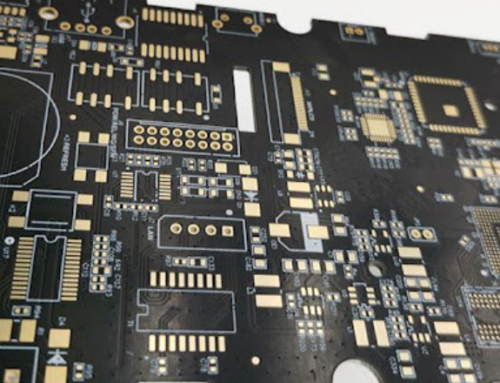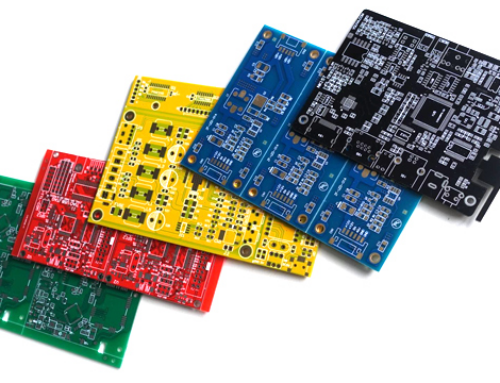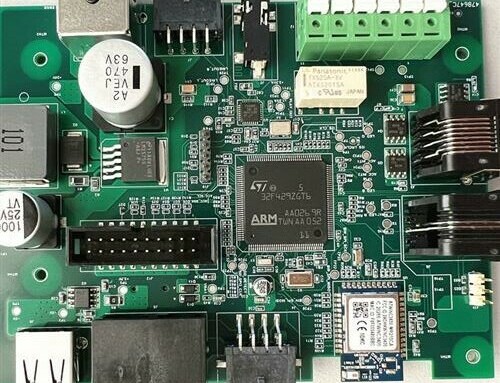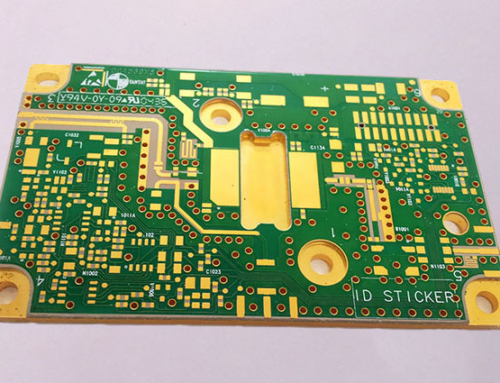What is ceramic pcb design?
what is ceramic pcb soldering?
Ceramic PCB soldering refers to the process of attaching electronic components
to a ceramic printed circuit board (PCB) using solder. Ceramic PCBs are made of
ceramic materials such as alumina or aluminum nitride, which offer excellent thermal
conductivity and electrical insulation properties.
The soldering process involves heating the solder, a metal alloy with a low melting point,
until it becomes liquid. The components are then placed onto the ceramic PCB and
the solder is applied to the connection points. As the solder cools and solidifies, it creates
a strong and reliable electrical and mechanical bond between the components and the ceramic PCB.
Ceramic PCB soldering requires specialized techniques and equipment due to the unique
properties of ceramic materials. The high thermal conductivity of ceramics can cause rapid
heat dissipation, making it challenging to maintain the required temperature for proper soldering.
Additionally, the brittle nature of ceramics requires careful handling to avoid damage during
the soldering process.
Overall, ceramic PCB soldering is a crucial step in the manufacturing of electronic devices
that utilize ceramic PCBs, ensuring the reliable and efficient operation of the components.
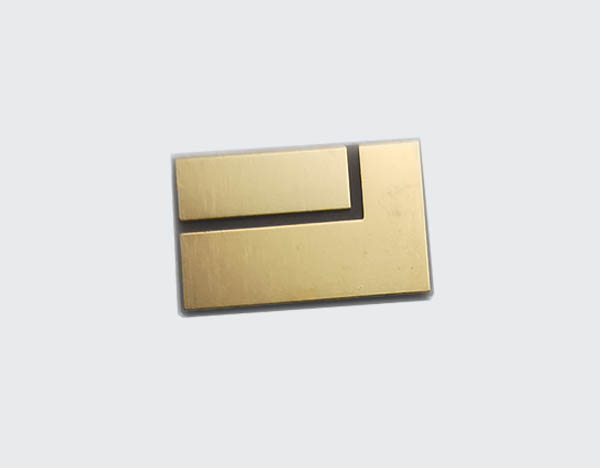
What is ceramic pcb design?
Ceramic PCB design refers to the process of designing printed circuit boards (PCBs)
using ceramic materials instead of traditional materials like fiberglass or epoxy. Ceramic
PCBs offer several advantages over traditional PCBs, including better
thermal conductivity, higher mechanical strength, and improved electrical performance.
The design process for ceramic PCBs involves selecting the appropriate ceramic material,
determining the PCB dimensions and layer stack-up, and designing the circuit layout. The
circuit layout includes placing and routing the components, traces, and vias on the PCB to
ensure optimal electrical performance and signal integrity.

Ceramic PCB design also involves considering the thermal management requirements,
as ceramic materials have excellent thermal conductivity. This includes designing appropriate
heat sinks, thermal vias, and thermal pads to dissipate heat generated by the components.
Overall, ceramic PCB design requires expertise in material selection, thermal management,
and electrical performance to ensure the PCB meets the specific requirements of the application.

Other PCB products, you may interesting










